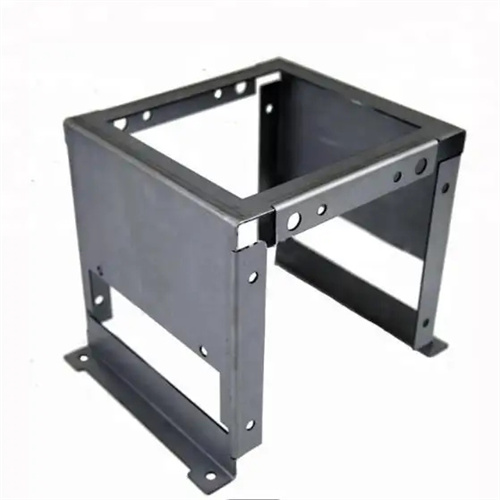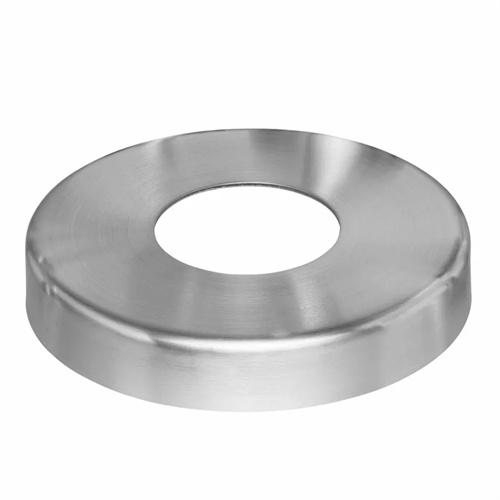Aluminum foil for electrolytic capacitors
Aluminum foil for electrolytic capacitors is the core material for manufacturing electrolytic capacitor electrodes. Due to the excellent conductivity, electrochemical properties, and easy processing of high-purity aluminum, it has become an indispensable key component in the fields of electronic information, new energy, and home appliances. This type of aluminum foil is usually divided into anode foil and cathode foil, with a thickness ranging from 6 to 100 microns. The anode foil needs to undergo corrosion and chemical conversion treatment to form a porous oxide film, which serves as the dielectric layer of the capacitor; the cathode foil requires a smooth surface and high purity for conducting current. The material is mostly high-purity aluminum with a purity of more than 99.9%, such as grades 1070 and 1145. The content of impurities such as iron and silicon is strictly controlled to ensure its stable electrochemical performance.

The production process for aluminum foil used in electrolytic capacitors requires precision steps, including smelting, casting, cold rolling, intermediate annealing, finish rolling, and surface treatment. First, high-purity aluminum ingots are melted in a furnace to 700-750°C. Refining agents are added to remove hydrogen and non-metallic inclusions, raising the purity of the molten aluminum to over 99.97%. A continuous casting and rolling process is then used to produce aluminum strip with a thickness of 6-10 mm. During the casting and rolling process, the cooling rate and rolling force are controlled to ensure uniform and segregation-free microstructure. Cold rolling is a key step in achieving ultra-thin aluminum foil. The strip is gradually thinned to the target thickness through multiple cold rolling passes, with a reduction of 20%-30% per pass. Specialized rolling oil is used for lubrication and cooling to prevent surface scratches and maintain a thickness tolerance of ±0.5 microns. Intermediate annealing is performed during the cold rolling process. The aluminum foil is heated to 300-400°C, held at this temperature for 2-4 hours, and then slowly cooled to eliminate work hardening and restore the material’s plasticity, ensuring smooth subsequent rolling. After finishing, the anode foil undergoes an etching treatment, using electrochemical or chemical methods to create a porous structure on the surface and increase the specific surface area. Subsequently, a chemical conversion treatment is performed to form a uniform oxide film on the surface as a dielectric. The cathode foil undergoes surface treatments such as cleaning and drying to remove oil and impurities and ensure conductivity.

The performance characteristics of aluminum foil for electrolytic capacitors directly determine the quality of the capacitors. First, high purity is a basic requirement. Aluminum foil with a purity of ≥99.9% has excellent conductivity and electrochemical stability, which can reduce leakage current caused by impurities and improve the insulation performance of the capacitor. The iron content must be controlled below 0.01% and the silicon content ≤0.03%. Second, a uniform microstructure is crucial. By controlling the rolling and annealing processes, the aluminum foil grains are made small and uniform, with an average grain size of ≤20 microns, to avoid inconsistent oxide film thickness during corrosion and chemical formation due to uneven organization; thirdly, good ductility ensures the production and processing of ultra-thin aluminum foil, the elongation needs to be ≥3%, and it can withstand large deformation during cold rolling without breaking, while facilitating subsequent corrosion and forming; fourthly, the surface quality is excellent, the surface roughness of the anode foil Ra≤0.3μm, ensuring that the porous structure is evenly distributed after corrosion; the surface of the cathode foil is free of oil stains and oxidation spots, and the contact resistance is small, which is conducive to current conduction; fifthly, the electrochemical performance is stable, and the oxide film formed on the anode foil after chemical treatment has a high breakdown voltage and low leakage current, and its performance changes little in high temperature and high humidity environments, ensuring the service life of the capacitor.

Aluminum foil for electrolytic capacitors is the core material for various types of electrolytic capacitors in various applications. In the consumer electronics sector, power management modules in smartphones and laptops use small electrolytic capacitors with 6-15 micron anode and cathode foils, achieving miniaturization and high capacity. In the new energy vehicle sector, electrolytic capacitors in onboard chargers and inverters require high voltage and high temperature resistance, requiring the use of thick 20-50 micron anode foils. This is achieved through optimized corrosion processes to increase specific capacity and meet high power requirements. In the home appliance sector, compressor starting circuits in air conditioners and refrigerators use electrolytic capacitors with 15-30 micron aluminum foil, balancing cost and performance. In the industrial sector, large-capacity electrolytic capacitors in inverters and UPS power supplies use 50-100 micron aluminum foil, increasing capacity by increasing surface area to ensure stable operation. As electronic devices move toward higher frequencies and smaller sizes, the application of aluminum foil for electrolytic capacitors in areas such as 5G base stations and data centers is also increasing.

Industry trends indicate that aluminum foil for electrolytic capacitors is trending towards ultra-thinness, high specific capacitance, and high-temperature resistance. Continuous breakthroughs in ultra-thin aluminum foil production technology have enabled the stable production of aluminum foil below 6 microns, suitable for miniaturized, high-capacity capacitors. By utilizing high-precision cold rolling mills and new rolling oils, thickness tolerances can be controlled to ±0.2 microns. High-specific capacitance aluminum foil, through optimized etching processes, increases surface area by over 20% at the same thickness, boosting capacitor capacity by 15%, meeting the high-capacity demands of electronic products. High-temperature-resistant aluminum foil, by adding trace alloying elements (such as titanium and zirconium) to enhance the thermal stability of the oxide film, achieves a leakage current increase of ≤20% at 125°C, making it suitable for high-temperature applications such as new energy vehicles. Furthermore, the promotion of green production processes, including the use of environmentally friendly rolling oils and cleaning agents, reduces volatile organic compound emissions and increases aluminum foil recycling rates. With the rapid development of the new energy and electronic information industries, demand for high-performance aluminum foil for electrolytic capacitors will continue to grow, driving the industry to achieve greater breakthroughs in material research and development, process innovation, and performance enhancement.
